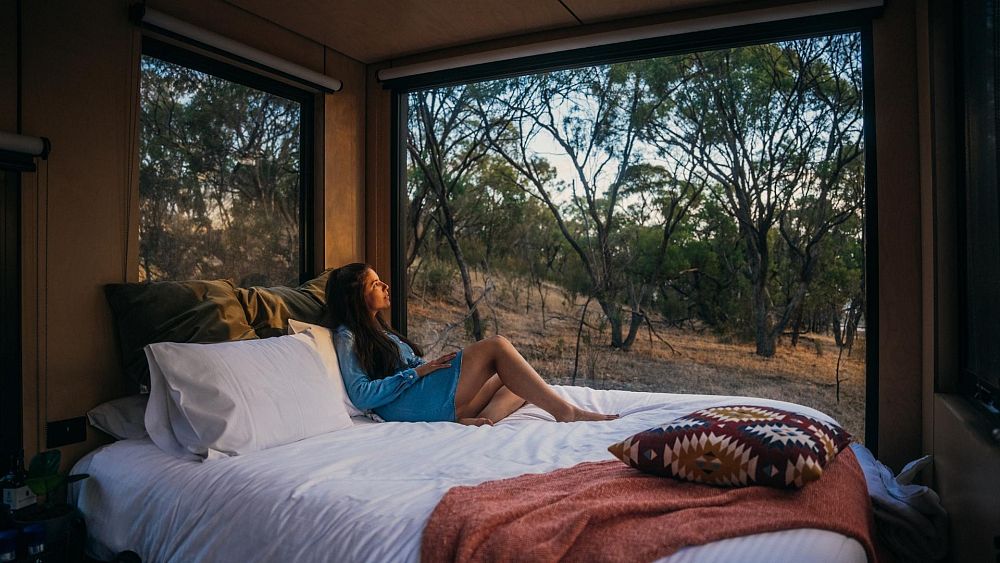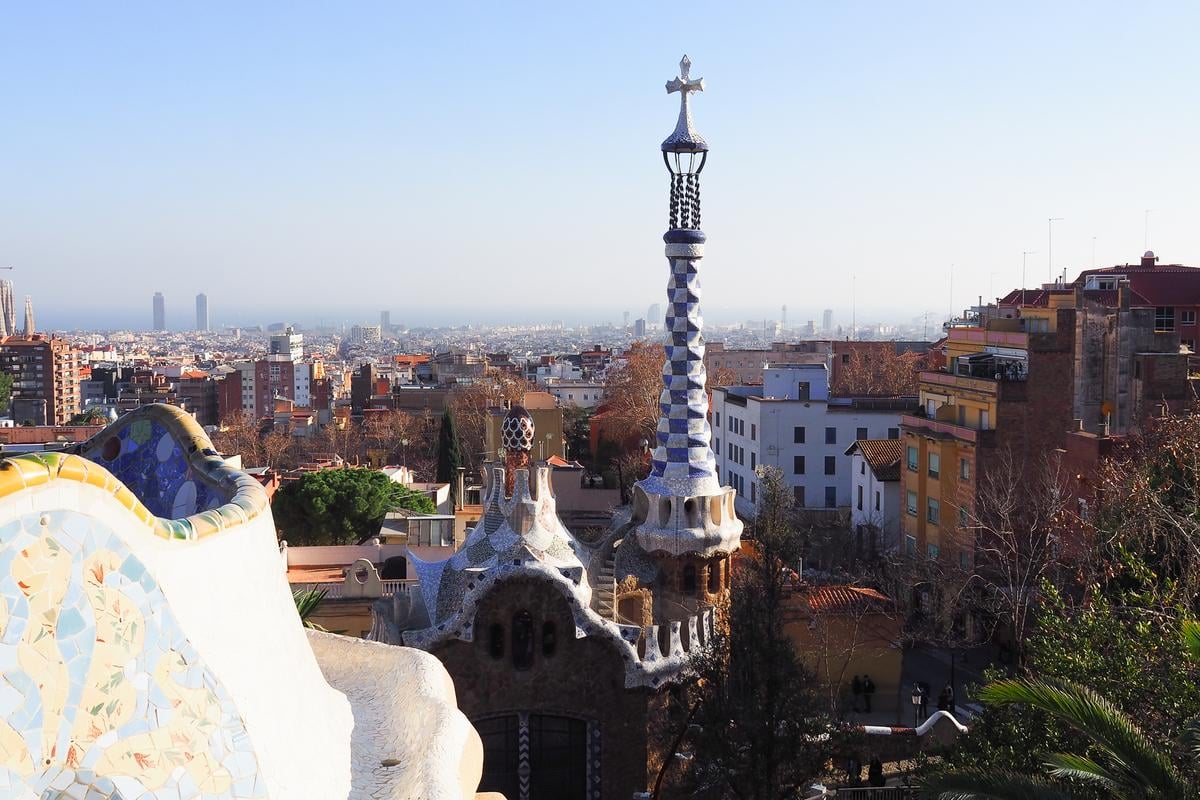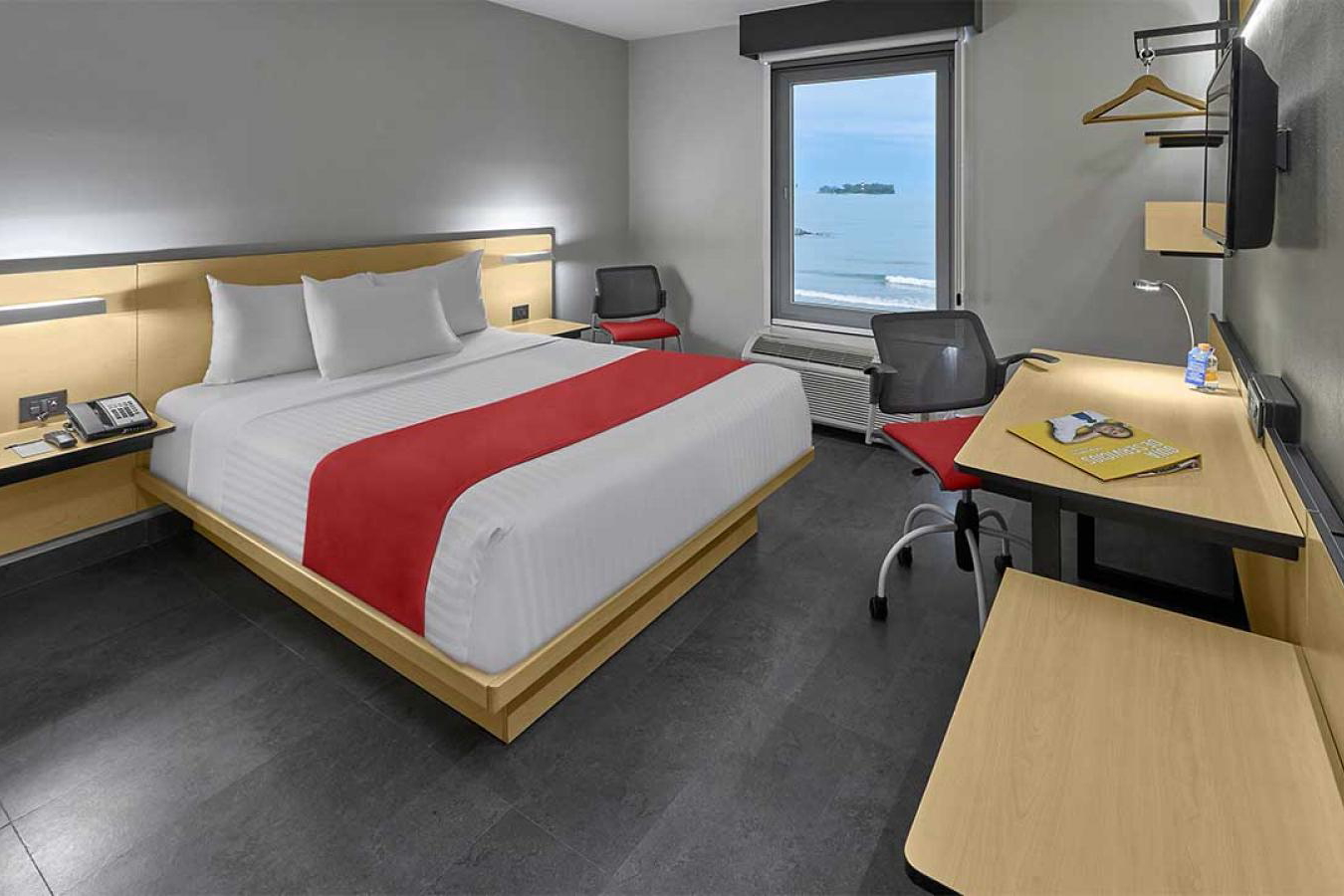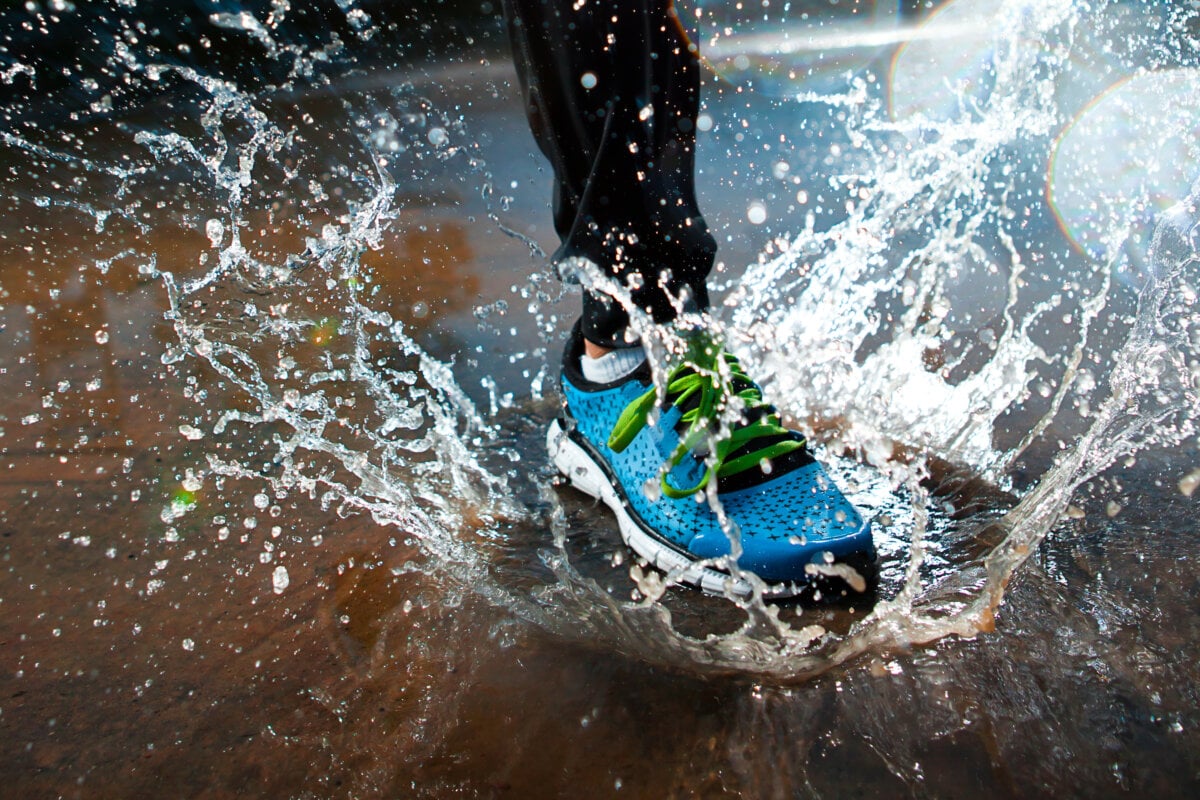Pull over vanlife, hutlife is driving 2023’s travel trends.
A pandemic-born urge for immersion in nature is leading many travellers to distance themselves from congested hotels in favour of rural huts and cabins.
These smaller retreats tap into the aesthetic appeal of ‘vanlife’ and tiny homes – but it’s not all hobbit holes and unplugged escapes.
Once the preserve of hikers and low-budget travellers, hut and cabin accommodations are being given a new lease on life to deliver comfort, convenience and even luxury amenities.
When 2023 arrives, expect to find more than minimalist cabins and humble huts popping up in the great outdoors.
Cabin retreats let travellers break away from the crowd
The desire to strike out into the wild has never been greater. After prolonged periods indoors during the pandemic, city breaks lost their appeal and nature retreats took their place. But popular destinations are feeling the strain.
The United States National Park Service logged nearly 13 million overnight stays in its 400+ parks in 2021, and 11 national parks saw more than five million recreational visits – a number nearly double that of 2020 and equaling 2019’s visits.
To combat the crowds, some accommodation providers are offering more secluded getaways within walking distance of these popular nature retreats.
“While Yellowstone National Park can become admittedly crowded at times, most travellers are surprised by the serenity and uncrowded feel of our off-grid location,” says Jon Hooke, VP of operations for Tammah, a North American glamping company.
Tammah’s new glamping accommodations near the entrance of Yellowstone are completely off-grid, built to conform to the topography and plant life surrounding each tented suite. Their low-impact approach is supported by the use of solar power and reseeding the land annually to maintain native vegetation.
“Travellers are becoming increasingly conscious of the impact their travel has on the environment, so taking actions to minimise impact can truly be a win for a business, travellers, and the environment,” says Jon.
Further north, the Canadian company Cabinscape is crafting its own cabins in Ontario’s wilderness. It currently offers a dozen low-impact dwellings, many accessible only by hiking, snowshoeing or ATV/snowmobile, depending on the season.
Luxury huts expand the appeal of nature escapes
Hut and cabin stays tap into a desire for natural connection, stripping back physical boundaries and bringing people closer to the outdoors. But not everyone wants to rough it with outdoor toilets and camp beds.
In Valais, Switzerland, traditional hikers’ huts are being upgraded with more comfortable facilities in response to a spike in bookings from non-traditional users post pandemic.
Dotted with high end ski resorts, the Swiss Alps canton has historically catered to wealthier travellers. As they break away from the usual luxury hotels, a 2022 pilot project is also tapping into the desire for unique off-grid accommodation by building a remote, luxurious pop up hut. Each season, the exclusive hut will move between impressive mountain locations.
Countries and companies are investing in eco-cabin accommodation
Countries like New Zealand are already well-positioned to embrace the hutlife trend. Their Department of Conservation alone manages nearly 1,000 huts across the North and South islands. These range from basic shelters with limited facilities that are fee-free to more comfortable Great Walk huts which feature solar lighting, mattresses and hut wardens, for a reasonable price.
In Australia, meanwhile, a network of more than 70 remote holiday cabins will be completed in 2023. The A$7.85 million (€5m) project is a partnership between tour company Intrepid and CABN, an Australian company that specialises in building and renting sustainable, off-grid accommodation. The huts are graded into different categories, ranging from ‘minimalist’ to ‘sustainable luxury’.
CABN’s project aims to fulfil a growing demand for eco-friendly travel. Instead of guests being crammed into communal spaces at hotels, the hut/cabin experience allows travellers to move freely between their beds and the natural environment.
Their construction methods also minimise environmental disturbance.
“Each cabin is built from predominantly locally sourced and sustainable materials, and requires minimal infrastructure with a ‘leave no trace’ philosophy,” says Intrepid of its CABN partnership. “Their unique design allows guests to immerse themselves in nature while encouraging disconnection from everyday life.”
The company is already looking at ‘multi cabin retreat style projects’ to develop eco tourism in little disturbed natural landscapes across Australia, including Myponga Reservoir on the Fleurieu Peninsula and Cedars in Hahndorf – both in South Australia – and the Cooloola Great Walk on the Fraser Coast in Queensland.
As cabin infrastructure grows, bringing new locations, demographics and experiences into the fold, this trend is likely to continue well beyond 2023.
The hutlife travel trend is explored in more detail in Expedia and Euronews Travel’s 2023 Trend Report.




